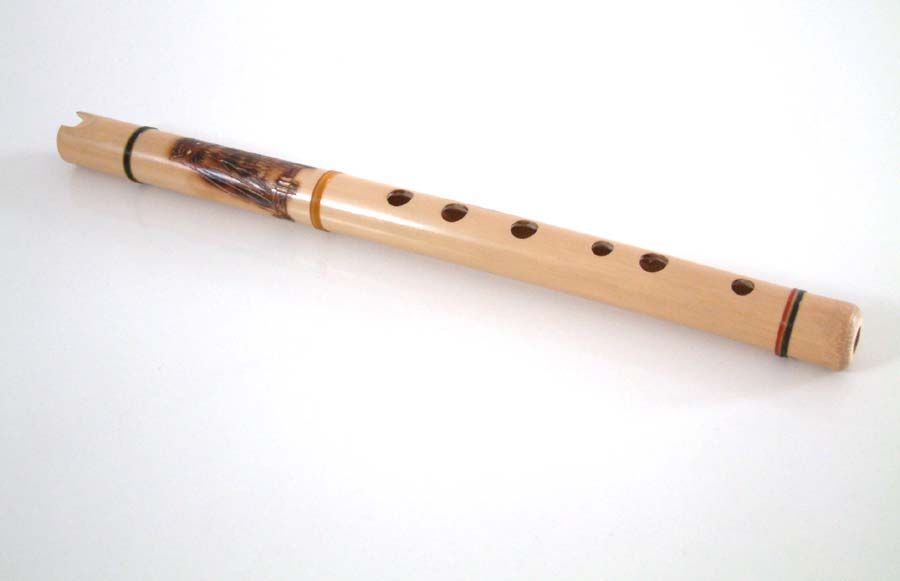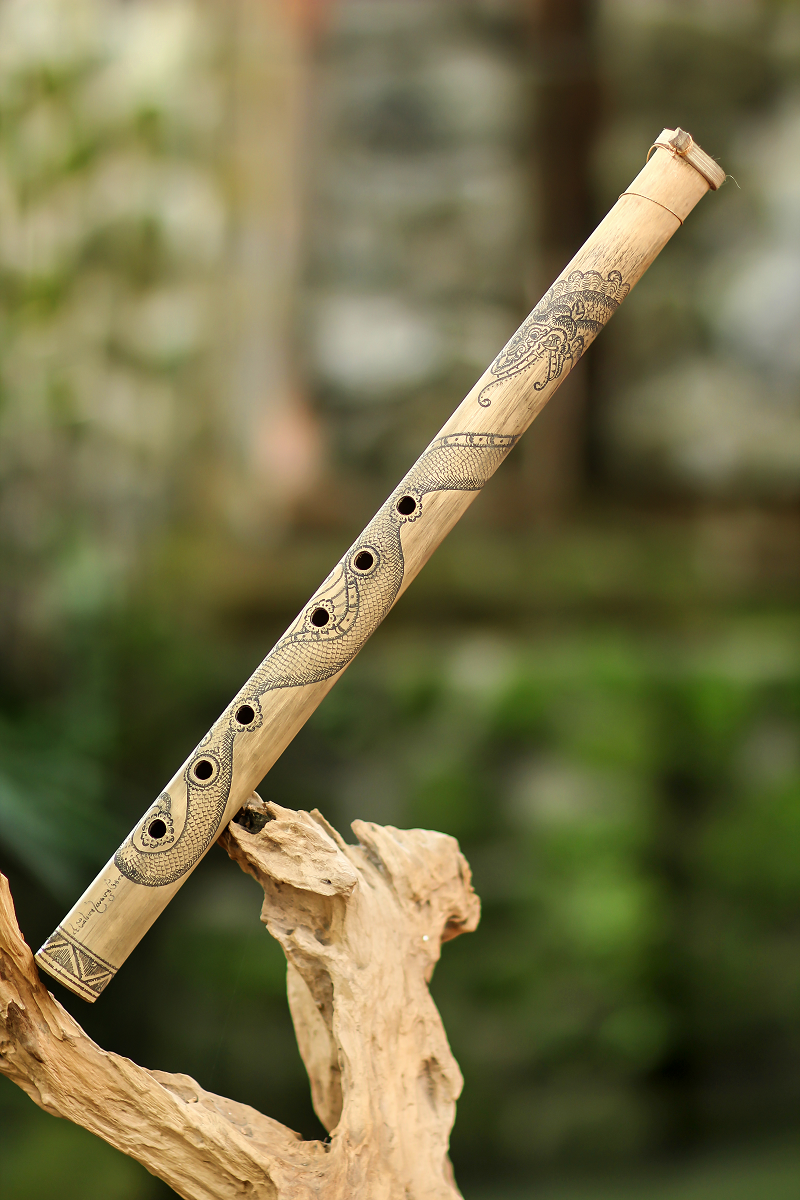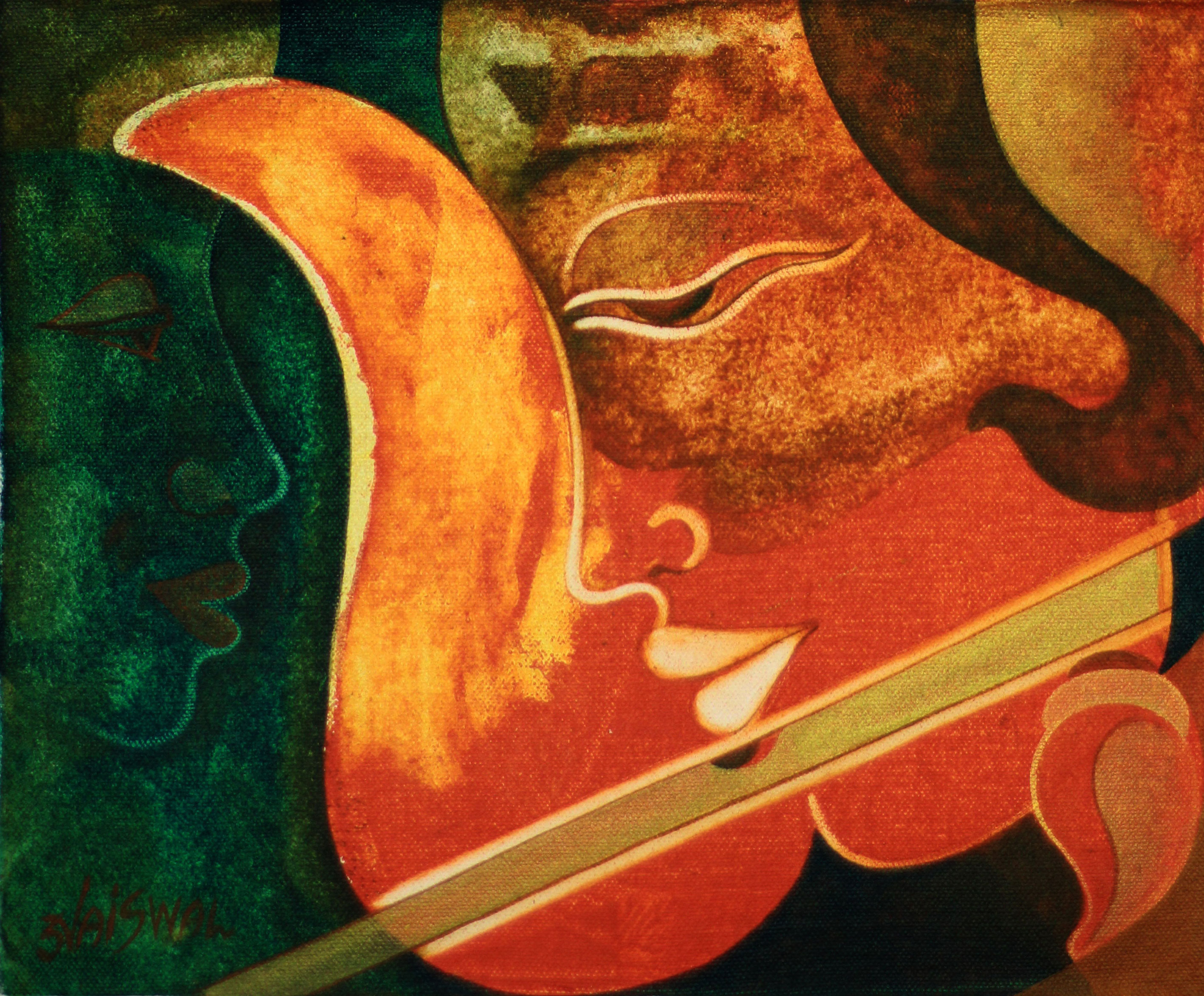How do you meditate? Do you find a quiet place, adopt a sitting position, and focus on your breathing? Are you using one of the numerous mindfulness meditation phone apps these days? Are you still searching for just the right way to meditate? At NOVICA we have embraced the practice of flute meditation using the Suling and Quena, bamboo flutes of Bali and the Andes.
Flute meditation, a form of active meditation, is an ancient practice that dates back to the 9th century in China during the Tang Dynasty, when the monk Puhuà used the bamboo flute as a meditation tool and initiated the practice known as suizen or ‘blowing Zen’. In the 13th century, this practice spread to Japan where it was adopted by the Zen Buddhist monks. Through dedicated training they would seek to develop their Kisoku, or spiritual breath, and achieve “Ichion Jobutsu,” one note enlightenment. During the Edo era (1600’s to 1800’s), the practice of flute meditation spread and flourished, and the revered body of work known as the “Honkyoku” or songs of enlightenment were created.
Today, flute meditation is an accessible and ideal entry point towards practicing meditation. First, you and I will both need a bamboo flute. On NOVICA, there are two types of flutes that are very easy to immediately produce a pleasant sound on and will work well for our meditation. There is the Peruvian Bamboo Quena Flute and the Balinese Bamboo Suling Flute. Time to go shopping!
The Quena flute, a legacy of the Inca, is believed to have been developed as far back as 3000 BC during the Valdivia period in the Andes.
This Bamboo Suling Flute, ‘White Dragon Song III’, is crafted by Nyoman Lentong. The Suling flute accompanies the Balinese gamelan percussion orchestra, bring sounds of wind flowing through the leaves of the forest.
I have decided to go with artisan Nyoman Lentong’s suling flute, ‘White Dragon Song’, because I enjoy the story behind the artwork. Nyoman Lentong has paid tribute to the Chinese white snake legend Bai SuZhen, a snake who became a beautiful woman. Unaware that she was a snake, a young scholar fell deeply in love with her. It’s not quite the princess and frog story I grew up with!
With our flute in hand, we will find a peaceful area with fresh air and adopt a comfortable upright sitting position. (Tip: dedicate your space to flute meditation with the inspirational artworks of meditation by artist Sunil Jaiswal)
Now, I like having a meditation flute because I find simply sitting still and clearing my mind can be very challenging. Maybe I’m in a hurry, maybe there is just a lot on my mind, or maybe I haven’t excelled enough at meditation just yet. But having the meditation flute provides me with a point of focus and a series of actions to follow. Remember, flute meditation is active meditation.
A Guide to Flute Meditation:
1.Release any tension from your body (especially your shoulders.) and feel the flute within your hands. How does the texture of the bamboo feel? Can you feel the weight in your flute?
2. Breath in and out slowly. Feel the air as it enters your system. Are your lungs expanding and contracting at an even and smooth pace? Do you find yourself wanting to breath faster? Can you breath in and out even slower? Focus on slowly exhaling focused warm air. Imagine blowing out a candle.
3. When your breathing feels peaceful and your body relaxed, and you feel ready, exhale warm and slow air into the flute. Visualize cobalt blue air flowing out of your system and through the flute. Treat the flute as a part of your breathing process. Let the air flow out of your system and then inhale fresh air back into your system. When inhaling, listen to the silence of the flute as if it’s also a note to meditate on. And when ready, exhale back into the flute.
4. Acknowledge thoughts and sensations as they enter your system and allow them to pass freely as you focus on breathing in and exhaling through the flute.
I find that I like to change the note of the flute every so often. Feel free to experiment with how you practice your flute meditation and enjoy.








